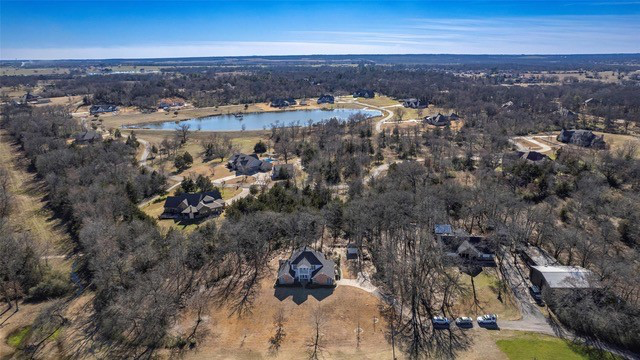Texas A&M AgriLife Extension Recommendations for February by Dr. Mario A. Villarino, County Extension Agent for Agriculture and Natural Resources

[adning id=”33097″]

If you have ash trees in your landscape, keep an eye open for the Emerald Ash Borer (Agrilus planipennis), an insect invader from China that has killed many thousands of ash trees in the eastern United States, and is approaching our region.
[adning id=”33207″]
The Texas Forest Service has recently begun a monitoring program in a number of counties that may become affected by the half inch long beetles. If you discover any beetle you think may fit the description, please contact Joe Pase (East Texas) at 936-639-8170, jpase@tfs.tamu.edu or James Houser (Central Texas) at 512-339-4589, jhouser@tfs.tamu.edu.
Continue to water and fertilize cool-weather annuals such as Flowering Tobacco, Bells of Ireland and Stocks to encourage the best blooms. Now is an excellent time to transplant mature or established trees and shrubs while they are dormant.Make flower and vegetable garden plans now before the rush of spring planting.
Time spent in armchair gardening before the fireplace will pay off in improved plant selection. Besides, it is fun to page through the garden catalogs.
Sow seeds in flats or containers to get a jump on plant growth before hot weather arrives. Petunias, begonias, and impatiens should be sown in early January. Warm temperature plants, such as tomatoes, peppers, marigolds, and periwinkles, should be sown in late January or early February. Sow seeds in flats or containers to get a jump on plant growth before hot weather arrives. Petunias, begonias, and impatiens should be sown in early January. Warm temperature plants, such as tomatoes, peppers, marigolds, and periwinkles, should be sown in late January or early February. Apply a light application of fertilizer to established pansy plantings. Use one-half pound of ammonium sulfate per 100 square feet of bed area. Repeat the application every 4 to 6 weeks, depending on rainfall. Dried blood meal is also an excellent source of fertilizer for pansies. .
Prepare beds and garden area for spring planting. Select and order gladiolus corms for February/March planting. Plant at two-week intervals to prolong flowering period. Check junipers and other narrow-leaf evergreens for bagworm pouches. The insect eggs overwinter in the pouch, and start the cycle again by emerging in the spring to begin feeding on the foliage. Hand removal and burning of the pouches are ways of reducing the potential damage next spring.
The life of the plant received as a Christmas gift can be prolonged with proper care. Keep the soil moist but provide drainage so that excess moisture can flow from the pot. Keep the plant out of range of heating ducts and away from heating units. Keep in a cool room at night, preferably at 60 to 65 degrees F.
Don’t fertilize newly set out trees or shrubs until after they have started to grow, and then only very lightly the first year. When buying plants, the biggest is not always the best, especially when dealing with bare-root plants. The medium to small sizes (4 to 6 feet) are usually faster to become established and more effective in the landscape than the large sizes.
Hold off on pruning bush roses until February or early March. Use good shears that will make clean cuts. Remove dead, dying, and weak canes. Leave 4 to 8 healthy canes and remove approximately one-half of the top growth and height of the plant.
Now is an excellent time to select and plant container-grown roses to fill in those bare spots in your rose garden. When pruning shrubs, first prune out any dead or damaged branches; then thin out by removing about one-third of the canes or stems at ground level, removing the oldest canes only; and last, shape the rest of the plant, but do not cut everything back to the same height.
Water foliage plants as well as other containerized plants only when needed and not by the calendar. For more information on this or any other agricultural topic please contact the Hopkins County AgriLife Extension Office at 903-885-3443 or email me at m-villarino@tamu.edu.
[adning id=”33207″]













